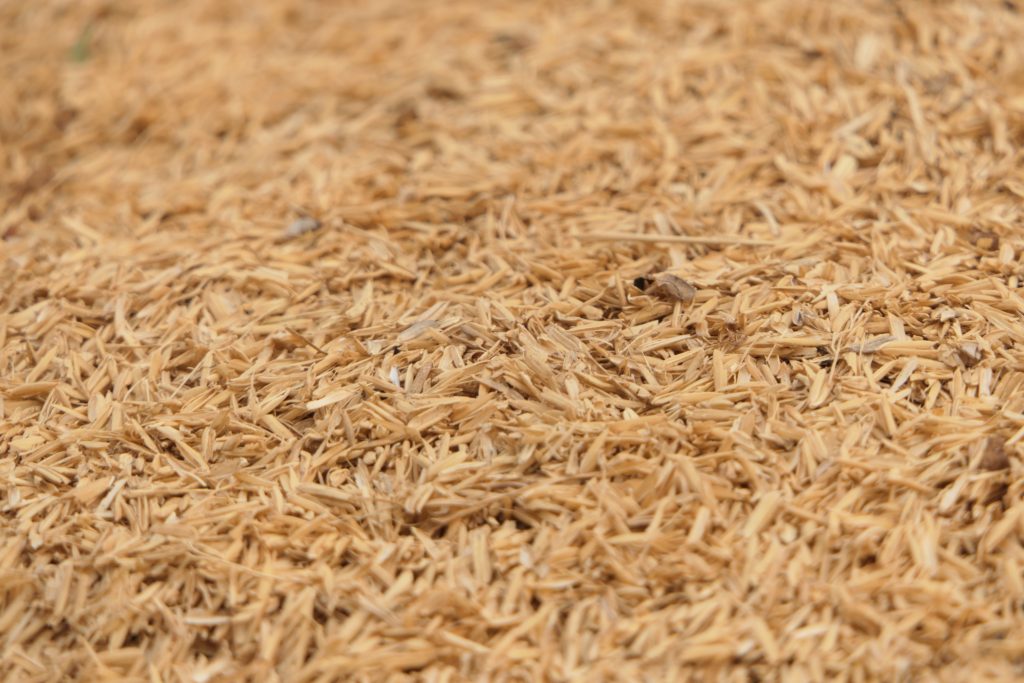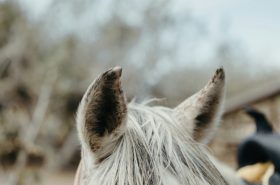Good hay substitutes should be high in fiber, and long-stem fiber is best because it provides adequate ‘chewing time’ that horses need to keep their digestive systems healthy. The nutritional value of the hay substitute is also important.
The following are several good hay substitutes for horses:
- Chopped Forage: Chopped forage is usually clean, mold-free, and has a high nutritional value, making it a top choice as a hay replacer. It’s also very easy for horses to chew and digest, and, if needed, it can even replace the entire forage ration.
- Hay Cubes: These are also high in fiber and can replace a horse’s entire hay ration if needed. However, hay cubes should always be fed soaked to prevent choke.
- Hay Pellets: While not quite as desirable as hay cubes, hay pellets can still replace most or all of a horse’s hay ration. The downside is that pellets do not contain long-stem fiber and won’t provide ideal chewing time. Soaking hay pellets is also recommended to lessen the risk of choke.
- Beet Pulp: Beet pulp is an excellent source of fiber and contains about 9% protein, making it comparable to many grass hays, but it should not replace a horse’s entire hay ration, as it’s not balanced in minerals or vitamins and does not provide adequate chewing time. Most beet pulp has added molasses, so rinsing, soaking, and rinsing it again is recommended for horses that are sensitive to sugar. Again, feed beet pulp soaked to reduce the risk of choke.

- Soybean Hulls: Soybean hulls are high in fiber, contain no starch, and have about 12-14% protein. They can replace approximately 70% of the hay ration, if needed, but do not provide ideal chewing time.
For older horses, you can also feed a complete feed to replace hay, but be aware that many of them are high in sugar and starch. Alternatively, you can make your own “senior feed” with this recipe:
- 2 parts alfalfa pellets
- 1 part steamed oats
- 1 part beet pulp
- 1 part wheat bran.
Feed 12 lbs of this mix per day for a 500 kg horse, soaked and divided into 3-4 meals.
As an added note: remember to make any feed changes slowly over a period of 1-2 weeks to avoid the risk of digestive upset.
**
Casie Bazay is a freelance and young adult writer, as well as an owner/barefoot trimmer and certified equine acupressure practitioner. She hosts the blog, The Naturally Healthy Horse, where she regularly shares information on barefoot, equine nutrition, and holistic horse health. Once an avid barrel racer, Casie now enjoys just giving back to the horses who have given her so much. Follow Casie at www.casiebazay.com.
Love this blog? We think you will like What the Hay? Advice for Feeding Forage



